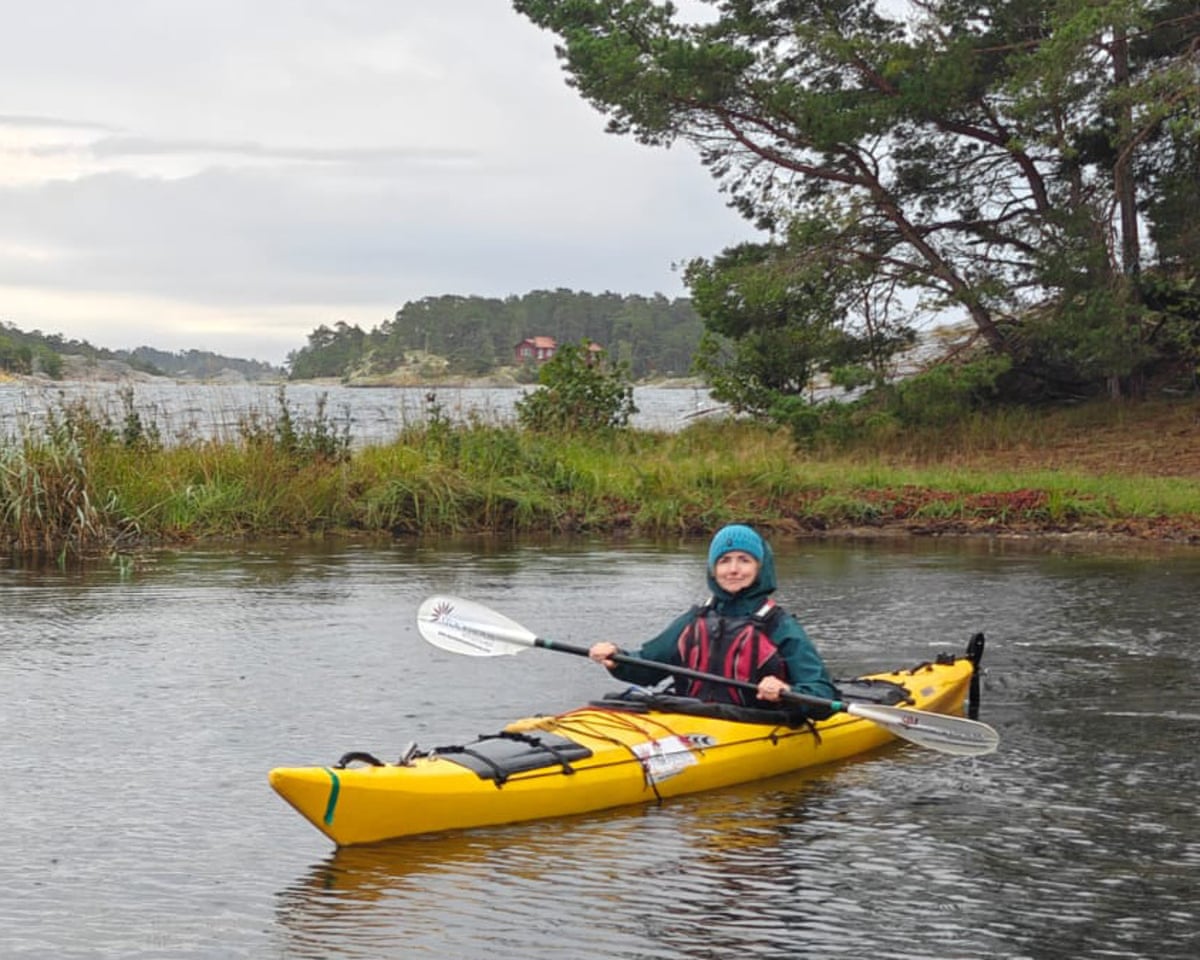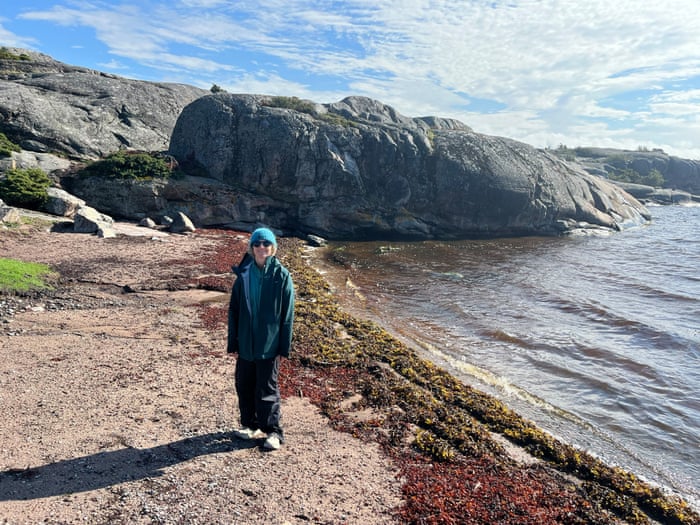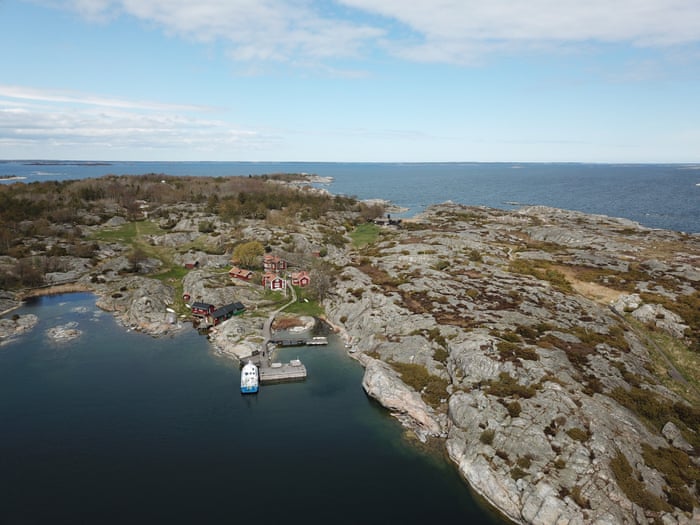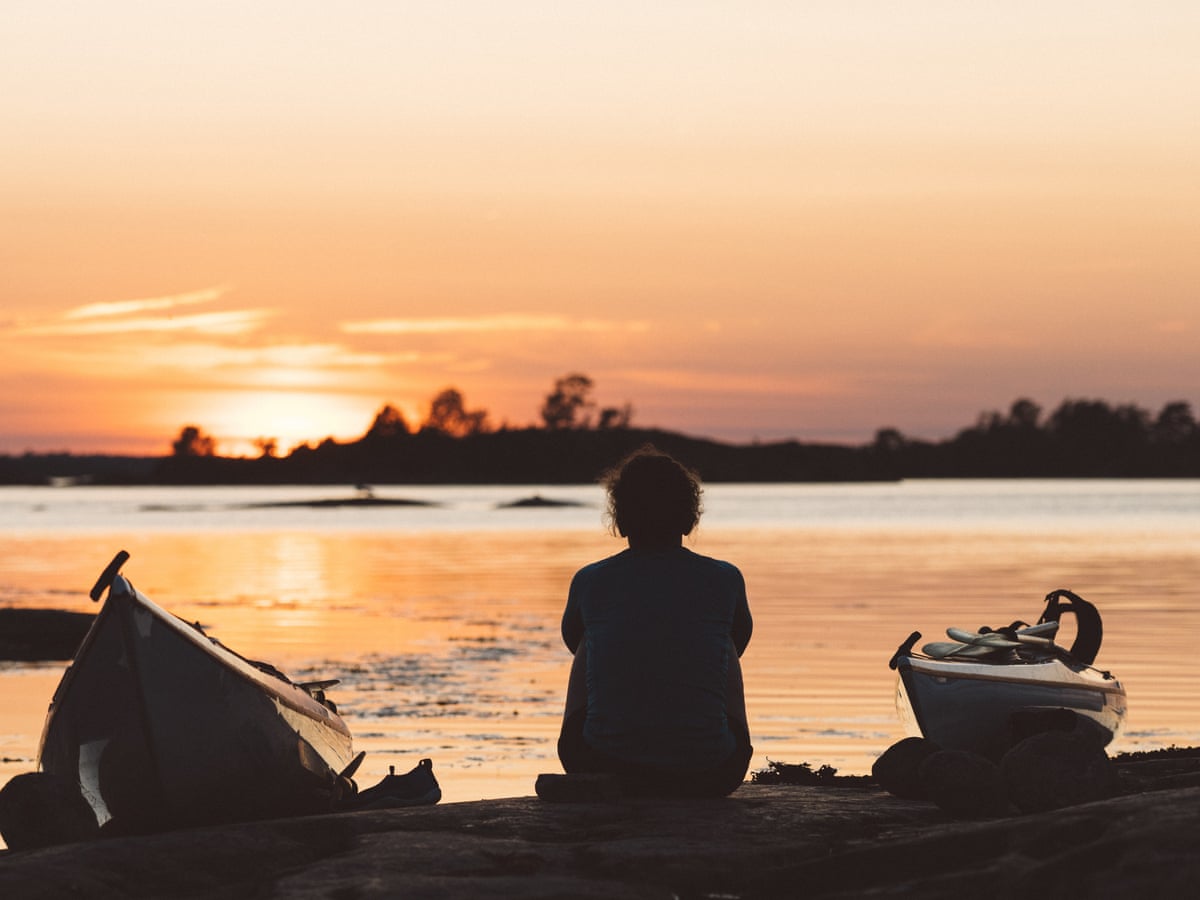The Stockholm archipelago, a sprawling maze of some thirty thousand islands, has long been a treasured retreat for Swedes, but a quiet revolution is now taking place on its outer edges. This year, the country established its second marine national park, Nämdöskärgården, protecting a massive 25,000 hectares (62,000 acres) of crucial Baltic Sea ecosystem. This is not simply a line on a map; it is a profound declaration of intent to heal a fragile environment. The park, astonishingly, is 97% covered by water, making low-impact exploration methods, like sea kayaking, the perfect way to engage with its majesty and fragility. Paddling through this realm of scattered skerries and dense maritime forests offers an experience that is at once meditative and deeply educational, providing a rare, intimate perspective on the beauty and vital importance of ocean conservation.
A New Era of Baltic Protection
The establishment of Nämdöskärgården, formally approved by the Swedish parliament in June 2025, marks a pivotal moment for Nordic environmental policy. It is a necessary measure to safeguard the unique ecological diversity of the Stockholm archipelago’s outer reaches, extending well into the open Baltic Sea. As the nation’s second marine national park, it signals a renewed, serious commitment to reversing decades of ecological strain on a vulnerable semi-enclosed body of water.

This significant protective step is buttressed by pioneering legislation aimed at active restoration. The country is moving to ban bottom trawling—a destructive fishing practice often likened by conservationists to bulldozing a rainforest—across all its marine national parks and nature reserves by July 2026. This policy sets a powerful precedent for Europe, where other nations, like the UK, have faced criticism for hesitating to implement similar whole-site bans in their own designated marine protected areas. Sweden’s decisive action reflects an urgent national recognition that to protect the ocean, one must actively protect the complex habitats that allow life to flourish.
The sheer scale of the park, overwhelmingly blue space, underscores the challenge of ocean conservation: engaging the public with what lies beneath the waves. Nämdöskärgården is designed not just to preserve, but also to make this vast ecosystem accessible in a sustainable manner. By encouraging activities like sea kayaking and hiking, the park shifts the value proposition of the region from exploitation to appreciation, turning every visitor into a temporary guardian of this critical sanctuary.
The Blue Labyrinth of Nämdöskärgården
To explore this new national park is to embark on a voyage through a true blue labyrinth. The outer archipelago presents a striking geography: an endless scatter of islands ranging dramatically in size and character. Some are tiny, rocky skerries, mere outcrops of ancient stone splattered with vivid orange and grey lichen, large enough only for a single cormorant to perch and dry its outstretched wings. Others, like the historic Bullerön, stretch for a mile or more, featuring smoothly weathered rocks, windswept forests, and historic fishing huts clustered near wooden jetties.

The journey begins deep within this maze, perhaps at an uninhabited spot like Jungfruskär, where narrow yellow kayaks are hauled up onto the lichen-coated rocks. Paddling here is an exercise in immersion. After the initial effort, a slow, easy rhythm settles in, perfectly conducive to tuning into the surrounding natural wonder. Unlike the fast pace of modern life, kayaking forces a deceleration, allowing the silence of the sea to take hold. This intimacy is magnified by the vessel itself, which allows passage through narrow channels and between islands where larger sailboats and motorboats cannot venture.
At times, the path narrows to the width of a footpath, pushing through tall reeds that line the brackish water. Here, amidst the shelter of two long islands, the sense of isolation is profound, offering a perspective of the archipelago that few other visitors ever witness. Navigation becomes a silent art, reliant not on technology, but on a deep reading of the wind, the currents, and the contours of the shoreline. The journey, often miles in length, becomes a meditative haze, punctuated only by the soft dip of the paddle and the calls of seabirds.
Guardians of the Green and Azure
The true health of Nämdöskärgården lies not in its visible islands, but in the vibrant life beneath the surface. For those who know what to look for, the waters themselves provide the most encouraging signs of a thriving, protected environment. What excites an ecological eye most is the seaweed, which here appears in a host of shades, including the rich russet colour of autumn leaves. This diversity is a powerful indicator of healthy waters, and the extensive seaweed forests are not merely decorative—they are the powerhouse of the ecosystem.

The seaweed acts as a vital carbon sink, absorbing atmospheric carbon more effectively than many terrestrial forests, thus playing a key role in global climate regulation. More locally, it forms a crucial nursery for young fish, providing shelter and sustenance as they grow. Gliding over the water, one can look down through the exceptional clarity to witness sprawling seagrass meadows and thick belts of bladder wrack (blåstång), identifiable by its small air pockets. The sight confirms a visible abundance of periwinkles and other shellfish—a thriving ecosystem often lost to degradation elsewhere in the Baltic.
Above the water, the abundance of wildlife further testifies to the protection efforts. Birdlife is plentiful, including cormorants, gulls, herons, and geese, but the most majestic sightings are the multiple white-tailed eagles, whose silent, enormous wingspans dominate the skies. Occasionally, a curious seal will break the surface, or a pine marten will be glimpsed navigating the rocky shore. These encounters underline the success of the new protected area, validating the belief that when human impact is minimized, nature possesses an incredible ability to help itself and quickly recover.
Lo-Fi Luxury and the Artist’s Retreat
The two-day kayaking trip, while emphasizing low-impact tourism, is balanced by the unique, lo-fi luxuries found on the archipelago’s inhabited islands. An overnight stay on Idöborg, a private island situated just outside the park boundaries, offers a welcome respite from the elements. Here, cosy forest cabins, often featuring A-frame windows that frame the agitated ocean, provide a comforting shelter and stunning natural views. The experience combines the raw isolation of the wilderness with the simple, satisfying comforts of Nordic design and hospitality.

The culinary offerings on Idöborg are a direct celebration of the local, seasonal bounty. The restaurant serves sophisticated dishes that emphasize the unique flavours of the Kvarner region. Jerusalem artichoke soup, enhanced with a local seagrass pesto, exemplifies the inventive and hyper-local approach to cuisine, showcasing ingredients sourced directly from the sea and the surrounding islands. During the trip itself, the food is simple but hearty, such as a delicious fish stew prepared by the guide, enjoyed on a deserted beach, a moment that emphasizes the rigorous ‘leave no trace’ philosophy integral to visiting this protected area.
The journey culminates with a paddle out to Bullerön, the main island of the small Bullerö archipelago, and one of the last landmasses before the vast expanse of the open sea. This island holds a special cultural significance, having been the former cottage and studio of the influential Swedish nature painter Bruno Liljefors. Today, this historic retreat serves as an information centre for the Nämdöskärgården national park, seamlessly linking the island’s rich history of artistic patronage with its new role as a hub for ecological conservation. The stunning circuitous footpaths that crisscross Bullerön allow visitors to walk the same terrain that once inspired a great artist, now knowing that the vista they enjoy is under permanent safeguard.
A Different Kind of Harvest
The conservation measures of Nämdöskärgården are deeply rooted in the collective memory of the local community, who have witnessed firsthand the drastic decline in the ocean’s abundance. Swedes who grew up summering in the archipelago recall a time when cod was so plentiful their families would “groan and say, ‘No more cod,’ when it was served at the dinner table.” Similarly, fish like perch were once easily caught from the shore. Now, both species are far less common, their scarcity serving as a painful and undeniable testament to the environmental changes that have necessitated this level of protection.

This local testimony provides the crucial emotional weight behind the legislative action, underscoring that the park is not a purely academic exercise, but a vital response to a living crisis. Ocean conservation experts widely praise the Swedish initiative, believing that protected areas of this nature will deliver enormous benefits. By shielding these breeding grounds, the marine park allows the sea to repair itself and gives nature the space and time to recover its balance.
This positive transformation is inextricably linked to the kind of low-impact tourism that kayaking facilitates. As experts point out, this style of gentle, non-extractive visitation creates a fundamentally different relationship with nature—one based on enjoyment, reverence, and stewardship, rather than on resource exploitation. Standing on Bullerön’s highest point, looking out east to the glistening Baltic horizon, the feeling is one of quiet optimism. This immense body of water, and the fragile, vital ecosystems within it, are now officially protected, offering a powerful, hopeful model for a new generation of sustainable travel and environmental recovery.




